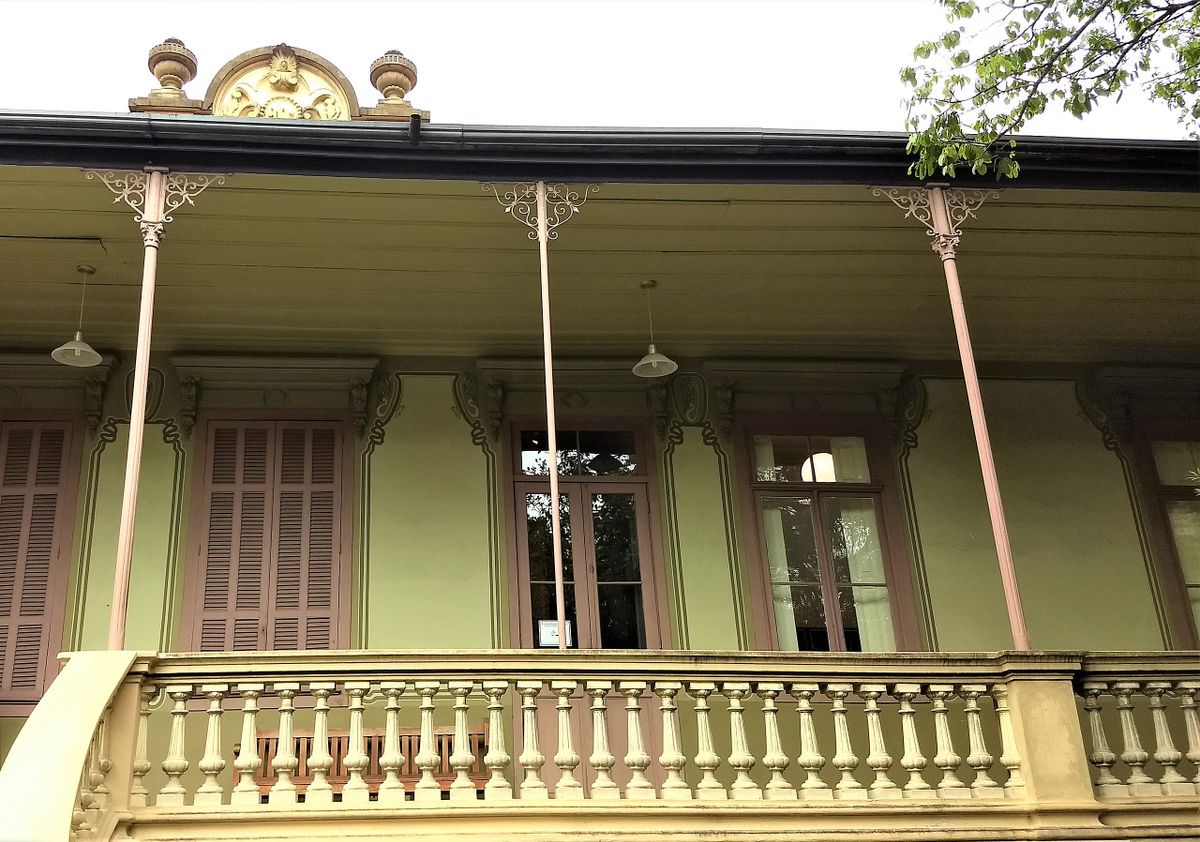About
A historic building in the neighborhood of Bixiga, in São Paulo, was once the setting for a horror story, which is reminiscent of the script for the movie The Shining: a woman lived there alone, from childhood until her death. No wonder the mansion became famous for being haunted, inspiring legends, and terrifying local children. It’s Casa de Dona Yayá, the house arrest of an orphan with a tragic fate.
A residence where important clans from São Paulo's past passed, the house had the traditional Melo Freire family as its last residents: the politician and farmer Manuel de Almeida Melo Freire, coming from Mogi das Cruzes, moved there in 1921 with his wife and four children. And it didn't take long for serial misfortunes to happen under that roof.
Little Sebastiana was one of Manuel's daughters, known by all as Yayá. In a short period of time, her childhood was marked by terrible losses. A sister died of suffocation when she was only three years old. Shortly after, at 13, another sister would lose her life to tetanus. And it didn't take long for Yayá to lose her parents too, leaving only her older brother. But he trained as a lawyer and wasted no time: he left that ill-fated home and abandoned the girl.
So, still a minor, despite being rich by inheritance, Yayá was left alone in the immensity of that house—in the care of only servants and tutors.
The isolation did not do the orphan's mind any good. Already at the age of 31, Yayá lost control over her own life when she was considered out of her mental faculties. Yes, a madwoman imprisoned, alone, in a deserted mansion. The perfect setting for the haunted house to catch on. And the lurid details helped.
With Yayá's interdiction, the mansion became the asylum for an exclusive patient. The windows could only be opened from the outside and the food came in through a hole in the wall. Yayá could not see the light of day until she was 65 years old, when a solarium was finally built for her.
Sebastiana de Melo Freire, the loneliest and most unhappy woman in São Paulo, died at the age of 74, in 1961, of heart failure. Without children or relatives, she had her inheritance transferred to the University of São Paulo.
The house remained there, uninhabited, until 1991, when it was renovated. Today it is the headquarters of the USP Cultural Preservation Center and is now historical heritage. Open to the public, it is one of the neighborhood's tourist attractions.
Related Tags
Published
June 26, 2023


































